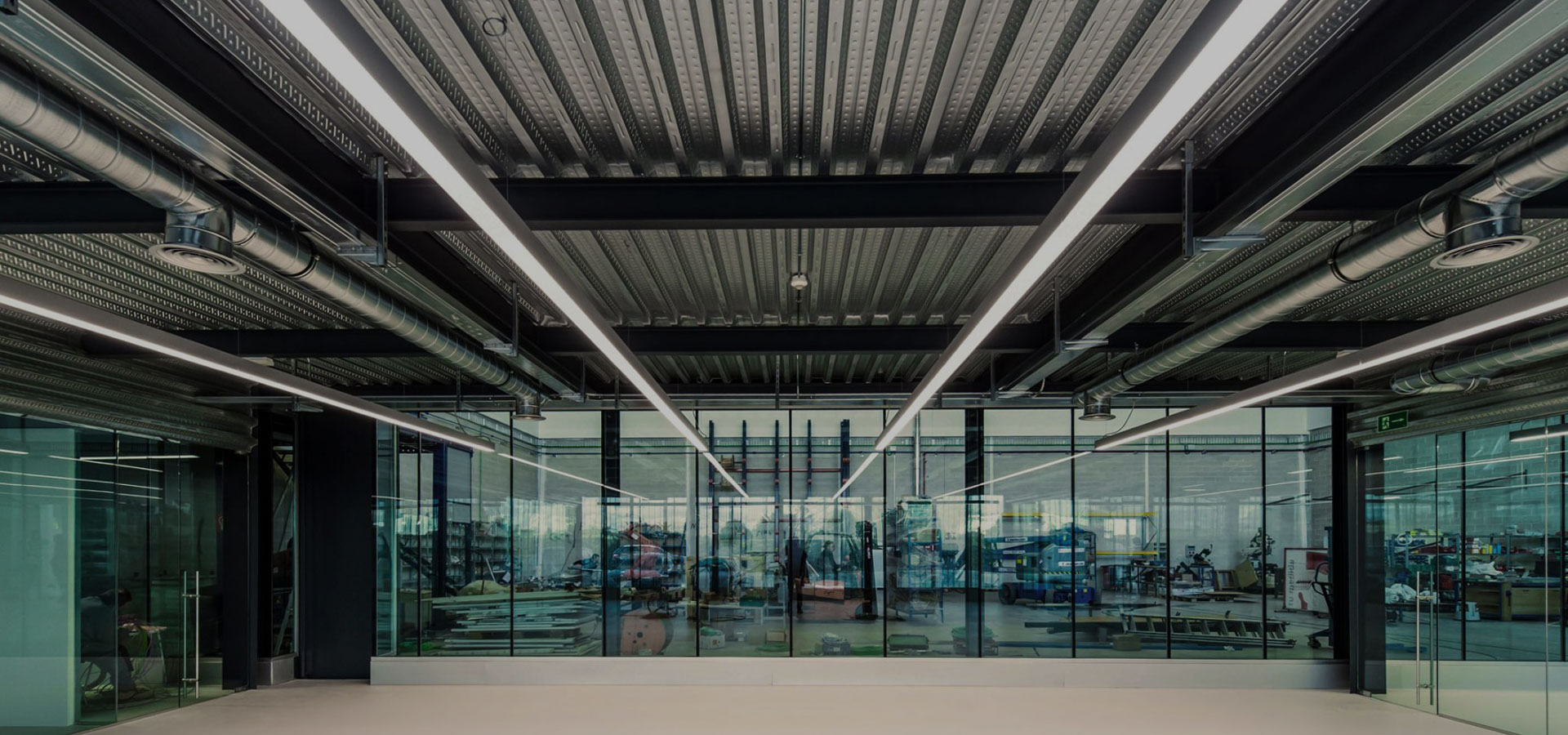In today's fast-paced retail landscape, standing out from the competition is more vital than ever. As consumer expectations evolve and new shopping trends emerge, the importance of a thoughtfully designed and captivating retail space cannot be emphasized enough. Retail refurbishment has emerged as a powerful strategy for brands looking to revitalize their brand identity, enhance customer experience, and ultimately boost sales. This commitment not only signals a dedication to quality and innovation but also helps to create a inviting, welcoming atmosphere that draws customers in and encourages repeat visits.
Understanding what retail refurbishment entails is essential for any business aspiring to stay relevant. It involves rethinking and upgrading various aspects of a store, from layout and design to lighting and materials. Regardless of whether you're considering a complete overhaul or minor updates, recognizing the signs that your store needs an update can create opportunities for transformative changes. By investing in refurbishment, you don't just revitalize your space; you rejuvenate your brand and reinforce your connection with customers in a constantly changing market.
Comprehending Commercial Renovation
Retail refurbishment refers to the process of updating and restructuring a store environment to enhance its attractiveness and utility. This can involve a multitude of modifications, including visual improvements, layout modifications, and enhancements in customer experience. The goal of renovation is not only to rejuvenate into an existing store but also to synchronize it more effectively with current market trends, customer demands, and corporate image.
The necessity for retail refurbishment often arises from alterations in shopping habits, advances in technology, and shifts in stylistic inclinations. Businesses must remain competitive in an ever-evolving landscape, and a refurbished store can act as a potent tool for drawing in clients while holding on to current ones. An successful refurbishment can convert a tired-looking space into a vibrant environment that attracts buyers and encourages them to explore more, ultimately leading to increased sales.
Comprehending the significance of commercial renovation goes beyond just looks; it also covers strategic planning and operation. Retailers must assess their current space, identify areas for improvement, and formulate a holistic refurbishment plan that addresses aesthetic, layout, and client involvement. Through this method, retailers can create a new atmosphere that not only mirrors their brand values but also enhances the overall customer journey.
The Impact of Refurbishment on Brand Image

Retail refurbishment plays a critical role in shaping a brand's image and perception in the eyes of shoppers. A new store interior signals that a brand is invested in its appearance and takes care about customer experience. This can create a lasting first impression that connects with possible customers, making them more likely to engage with the brand and make a purchase. An updated environment can effectively convey a brand's values and mission, aligning the physical space with the overall branding strategy.
Moreover, a well-executed refurbishment can revitalize a underperforming brand by creating a buzz in the marketplace. Innovative design features and improved functionality can improve the customer's journey, making shopping more pleasant and convenient. As customers experience these upgrades, they are more likely to share their positive experiences through word-of-mouth and social media, further boosting the brand's reach and appeal. This can help in bringing in not just existing customers but also new audiences who might not have thought about the brand before.
Lastly, ensuring a contemporary and visually pleasing retail space strengthens brand loyalty. When customers see a brand continuously putting resources in its physical presence, it fosters trust and reliability. This is particularly vital in competitive markets where customer retention is vital. By https://rentry.co/o3vuen95 that the store embodies current trends and customer preferences, brands can position themselves as leaders in their industry, ultimately bolstering their image and driving sustained success.
Organizing and Carrying Out a Successful Refurbishment
Proper planning is crucial to the outcome of any retail refurbishment project. Start by defining your objectives precisely, whether it’s to update your space, improve customer experience, or improve operational efficiency. Perform a detailed analysis of your current store layout and determine areas that need improvement. Gathering input from staff and customers can provide valuable insights into successful elements and what doesn’t. Once you know what you aim to achieve, formulate a comprehensive plan that details the scope of work, budget, and timeline for the refurbishment.
Implementation is where the planning comes to life. It is important to collaborate with experienced professionals who understand retail refurbishment. Identifying the right contractors and suppliers will have a significant impact on the quality of the finished project. Communication is key during this period; keep all stakeholders updated about progress and any potential disruptions. Additionally, make an effort to decrease the impact on customers by planning work during off-peak hours or using temporary setups to maintain operations.
Once the refurbishment is in progress, regularly review progress against your objectives and timelines. Flexibility is key, as unexpected challenges may arise that necessitate on-the-spot decisions. After the completion of the project, take the time to assess the outcomes against your primary objectives. Obtain feedback from customers and employees to evaluate the success of the refurbishment. This analytical process will not only help you understand the return on investment but will also inform future enhancements to keep your retail space consistent with changing consumer expectations.
